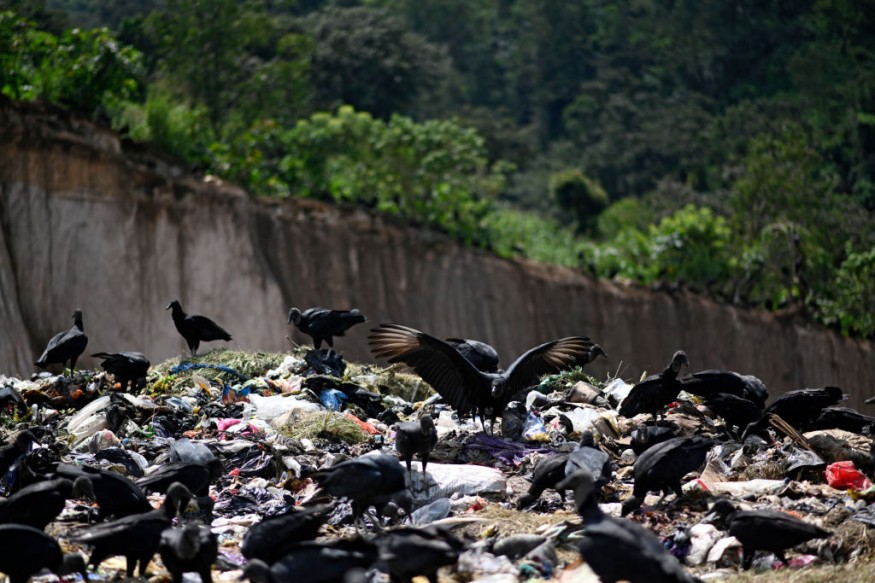The predatory behavior of black vultures on livestock is leading to worsening agricultural damage and eventual hindrance to a portion of economic gains from the said sector in some regions of the US.
Although potential elimination measures are proposed, the said birds are protected under US law.
Increasing Risk from Black Vultures

According to an anecdotal narrative from an Ohio farmer named Fred Scott, he has lost two calves to the predatory scavengers in the past 10 years, as cited by the Ohio Farmer website.
A large number of calves are reportedly killed immediately as soon as they were born.
In particular, the livestock damage affects different regions, including from the Gulf of Mexico to Ohio and from Texas to New York.
Livestock at Risk
The U.S. Department of Agriculture (USDA) cited in its previous report in 2017 that black vultures are responsible for killing 10% of all calves due to predations.
The said birds also cause property damage by roosting or occupying woodlots near houses and can damage homes and commercial buildings.
The USDA emphasized that black vultures have been responsible for agricultural damage by killing several livestock species, including calves, lambs, piglets, and other weak animals.
Distinction with a Turkey Vulture

Unlike black vultures, turkey vultures only feed on the carcasses of dead animals.
Meanwhile, the former feed both on carcasses and live animals in search of food.
Although there is distinctive feeding behavior between the two avian creatures, both have close physical distinctions from one another.
The Avian Report compiled five other basic steps below in order to identify a turkey vulture from a black vulture:
First, examine if both vultures are present in a particular region; in the US, black vultures are prevalent in the southern states, including from South Carolina to Texas.
Since the 1940s, they have expanded their reach into the East Coast all the way up to Southeast Canada.
Meanwhile, the turkey buzzard is more abundant across the country and southern Canada.
They have a year-long presence in the southern and northeastern states, coinciding with the same hotspot areas with the black vultures.
Second, distinguish the characteristics of their head; the Avian Report states that the head appearance is the fastest indication to distinguish the two birds.
A black vulture has a dark-gray and head and throat. In addition, the bill is thin but longer than its counterpart. On the other hand, a turkey vulture has a red head with folded skin and the bill is pure white.
Third, observe the color of their underwings; the entirety of the black vulture's wingtip is marked by silver-gray patches.
Turkey vultures have a mixture of silver-gray underwing feathers and black color on their edges.
Fourth, differentiating plumage and standing posture; black vultures are literally covered with black feathers and have relatively longer legs than turkey buzzards.
The latter has a dark brown plumage with a light color on its edges.
Fifth, discerning spread-wing posture; both vultures reportedly spread their wings during the morning while the sun is rising, even during a rain.
Related Article: Unusual Visitors: Black Vultures Invade Pennsylvanian Town
© 2025 NatureWorldNews.com All rights reserved. Do not reproduce without permission.





